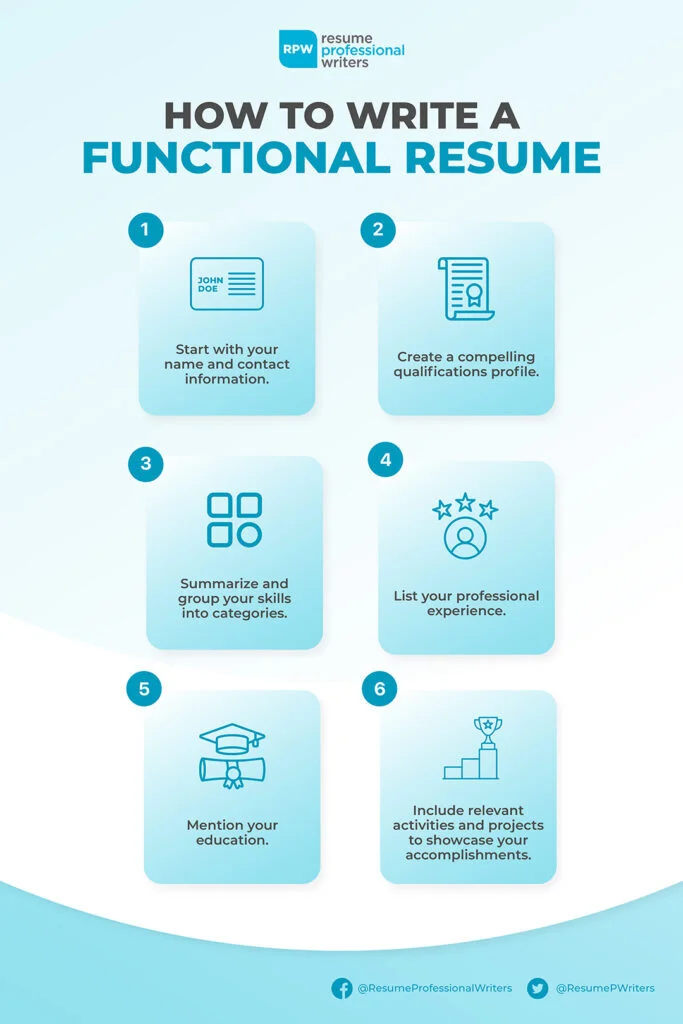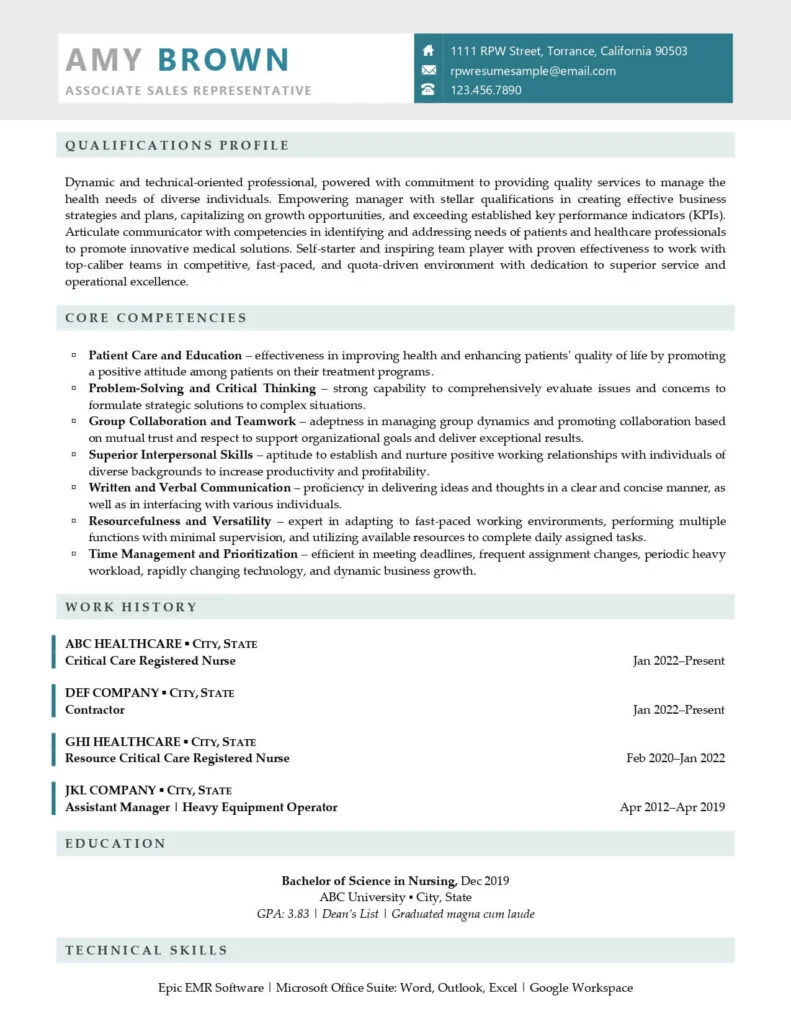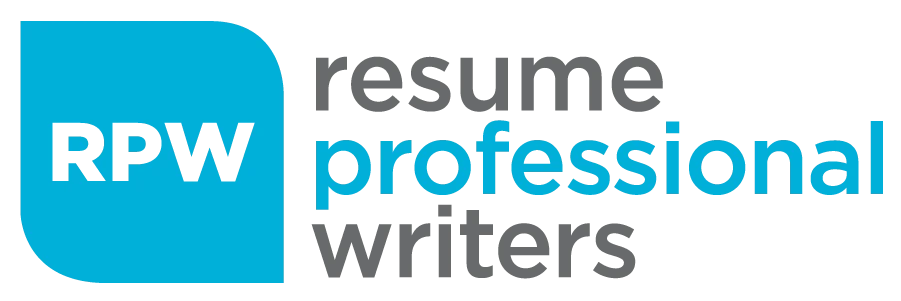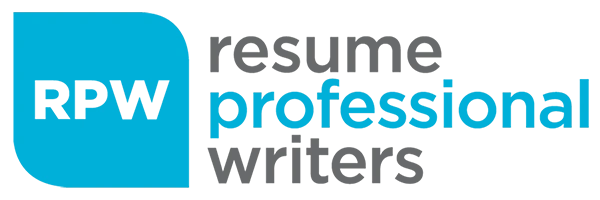Writing a resume is probably not your best suit, and it’s understandable. It takes a lot of time and effort to create a good one that attracts the recruiter’s attention and emphasizes all your skills and abilities. Also, thinking about how you’ll present yourself in the most appealing way possible in a resume alone is already challenging, and it can be even harder when you’re trying to switch careers or have periods of unemployment.
If this applies to you, you might want to think about using a functional resume. But what exactly is a functional resume? In this article, we’ll take a look into what a functional resume is, see when you should use one, detail how to write a functional resume, and provide an example of this resume format.
Continue reading to help you confirm if a functional resume is really the best choice for you.
What is a Functional Resume?
A functional resume, sometimes referred to as a skills-based resume, is one of the types of resume formats that highlights a person’s set of skills and abilities. Unlike the traditional chronological resume, it emphasizes and attracts the hiring manager’s attention to your transferable skills instead of concentrating on a chronological overview of your job history. Rather than describing your positions, it classifies your skills according to the type of experience you have and then states the exact tasks you can accomplish in each of these categories.
In addition to emphasizing and showcasing your abilities. a functional resume shows to the reader how you may contribute to their corporate goals right away. It also aids in hiding any flaws in your employment history that a chronological resume could expose, such as a lack of experience, employment gaps, or the fact that you’re transitioning into a new career.
When to Use a Functional Resume
Given that a functional resume places more emphasis on an applicant’s skill set than other factors, it is ideal for job seekers with a strong educational background and a solid set of job-related talents. It may also be useful when:
You haven’t worked in a while or have significant gaps in employment.
Taking time off from work, whether it was to raise a family or travel for a while, is not something to be ashamed of. However, if it has been a while since you last worked, this gap in your employment history can turn off prospective employers. Using a functional resume can highlight your talents and help recruiters notice you before they get to your employment history gap.
You’re making a major career change.
You probably won’t have much prior work experience for the new career if you’re making a significant career move, like switching from medical to government field. Nevertheless, you’ll have education-related training, knowledge, and abilities that will enable you to do the tasks required of you in the new career. Showcase these qualifications to hiring managers by using a functional resume format.
You are a first-time job seeker and don’t have any experience.
If you’re a recent graduate, there’s a strong possibility that you have close to zero work experience to include on your resume. Still, you might have acquired some important skills through your education, internships, externships, and other activities that can be demonstrated to hiring managers. With a functional resume, you can highlight those transferrable skills and draw potential employers’ attention away from your lack of professional experience.
Your work history is all over the place.
If you’ve had a series of temporary jobs or undertaken a diverse range of roles, a functional resume might help you organize your experience into a more cohesive story.
Your relevant experience isn’t rooted in traditional work.
If you are a volunteer cook at a non-profit organization searching for a chef job in a restaurant, a functional resume could be a fantastic approach to highlight the skills you’ve picked up as a volunteer, while also highlighting your other more traditional experience.

How to Write a Functional Resume
When creating your functional resume, always keep in mind that the purpose is to highlight the talents that are pertinent to a specific position. It should be formatted so that hiring managers can quickly ascertain your suitability for the position and be enticed to read the entire document to discover more about you.
Below is a comprehensive writing guide along with some of the components normally needed to write a functional resume:
1. Start with your name and contact information.
Include your contact information at the top of your functional resume, just like it would be on any other resume, so the employer can get in touch with you to schedule an interview. Include all your contact details, including name, address, phone number, and email address. For extra references, you should also include any online profiles you may have, such as professional websites, networking apps, or LinkedIn profiles.
2. Create a compelling qualifications profile.
When writing a functional resume, it’s a good idea to start with a resume summary. This section should summarize all of the skills that you possess, particularly those that are relevant to the post you are applying for. This way, the employer gets a clear idea of who you are and what you can contribute to their organization. This also encourages the hiring managers to read the rest of your resume.
3. Summarize and group your skills into categories.
In a functional resume, the skills part is given more weight than the work experience section. It is regarded as the main part of a functional resume and is usually around the same size as the job history section on a chronological resume. Draw the hiring manager’s attention to your particular expertise by classifying them into categories and describing your skills in greater detail, by adding three or four examples in the form of bullet points to support your claims.
To provide employers more assurance that you can complete the criteria of the position and deliver tangible outcomes, you might also want to include figures in those bullet points. These figures could represent anything that you accomplished, such as sums of money, percentages, the number of persons affected, or even the amount of time that was saved.
Below are some good samples of skills categories that you could highlight in your resume skills section:
- Customer Service
- Leadership and Collaboration
- Administrative Support
- Team Building and Management
- Technical Proficiency
- Communication Skills
- Office Administration
- Process Improvements
Expert Tip:
In writing your skill section, be sure to incorporate industry keywords. Including keywords in heading titles or in bulleted lists is one of the greatest methods to accomplish this. This makes it easier for a potential employer to match a candidate’s skill set to a job’s unique criteria.
4. List the professional experience you have.
Even though the functional resume focuses on one’s skills, that doesn’t mean that one shouldn’t include work experience at all. Employment history can be included on your resume, but it should be brief and placed near the bottom of your resume to allow the employer to focus on your skills rather than your previous experience. You simply need to include the names of the businesses you’ve worked for, along with the titles of each position.
Additionally, you are not required to describe your prior employment in any particular order given that including employment dates for those positions is optional. One of the main objectives of developing a functional resume is to minimize your chronological work history as much as possible, and your job experience section should reflect that.
5. Mention your education.
Right after your experience, add a section that details your formal education. Include the name of the institution, area of study, any relevant achievements, and diploma received, if applicable. If any of your education, training, or certifications are specified as ‘required’ in the job description you’re applying for, you should prioritize this portion and move this ahead of the skills section.
6. Add information that might help you grab the hiring manager’s attention.
If you still have some space left, highlighting relevant activities and projects to showcase your accomplishments is also a good addition to your functional resume. Whether the activities and projects are voluntary, academic-related, or professional, they can help prove to potential employers that you are someone who can deliver results.
7. Make sure your functional resume is error free.
After you’ve finished writing your functional resume, spend some time editing and proofreading your resume to fix any grammar and punctuation errors. This way, you may also make sure your resume addresses the skills and competencies specified in the job description.

Download this How to Write a Functional Resume infographic.
Functional Resume Examples
Unsure about how to format a functional resume? Below is a resume sample that you can use as inspiration while creating your own:

Impress Employers with Your Functional Resume
Job seekers choose to use a chronological resume the majority of the time. However, if you’re worried about employment gaps or you’re changing careers, you might want to think about creating a functional resume. It will not only assist you in showcasing your transferable skills but also in covering any flaws in your career experience that hiring managers might find problematic.
Still having trouble crafting a functional resume? Stop worrying now! Resume Professional Writers can help. We provide the best professional resume writing services to help you land the job you want. Get in touch with one of our career consultants today and have some expert advice on formatting your own functional resume, or help to decide if you should use one!








